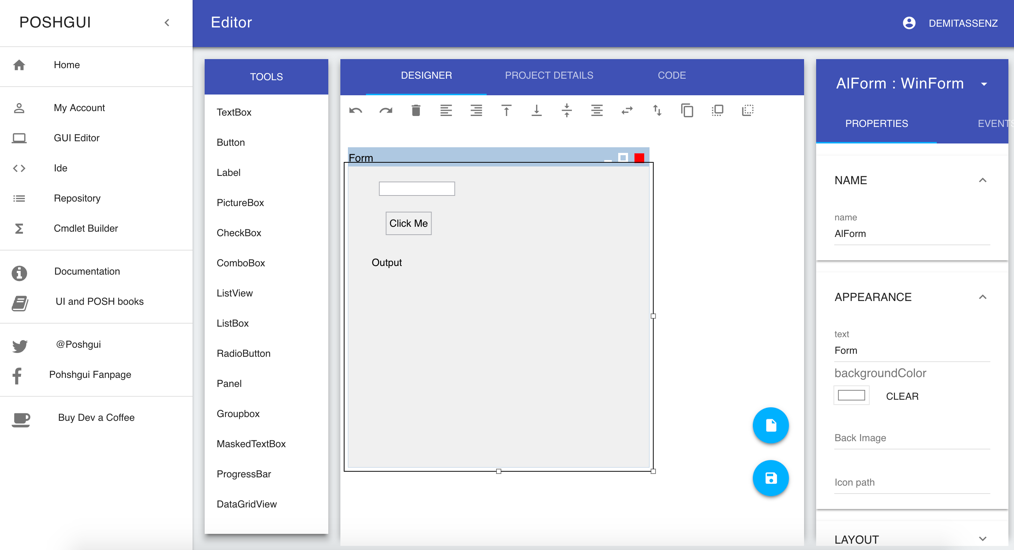I am always interested in new ways of delivering virtual desktops. Although it is still not the year of VDI, there are plenty of customers who need remote access to a desktop. Tonight, I heard from Tocariowho is based in Stuttgart and have a turn-key solution for service providers and medium businesses to deliver desktops from a data center. The desktops can run any x86 operating system, as all display and device remoting are provided in the virtual hardware (KVM hypervisor) rather than using in-guest drivers and agents. The client side can be a mobile device with a native client or an HTML5 client. The HTML5 client even has screen sharing, potentially for dozens of students watching one VM’s screen in their web browser.
Deployment starts with a scale-out management component that is usually on existing virtualization but can be bare metal. Then the physical hosts are deployed from those management hosts, KVM on bare metal. The hosts consume shared storage, either NFS or iSCSI to provide resilience. The management cluster offers load balancing and the usual brokering. There is full multi-tenancy for service providers and larger businesses. Service providers also get nested multi-tenancy. A reseller can have their clients access through the reseller’s tenant portal as if the platform belonged to the reseller but without the management requirement. Service providers also get some built-in sales enablement, such as a self-service trial function built-in. All licensing is per-desktop VM; service providers pay for usage per-month while on-premises deployment is bought in packs of 10 or 100 desktops, again priced per desktop per month.





 RSS - Posts
RSS - Posts